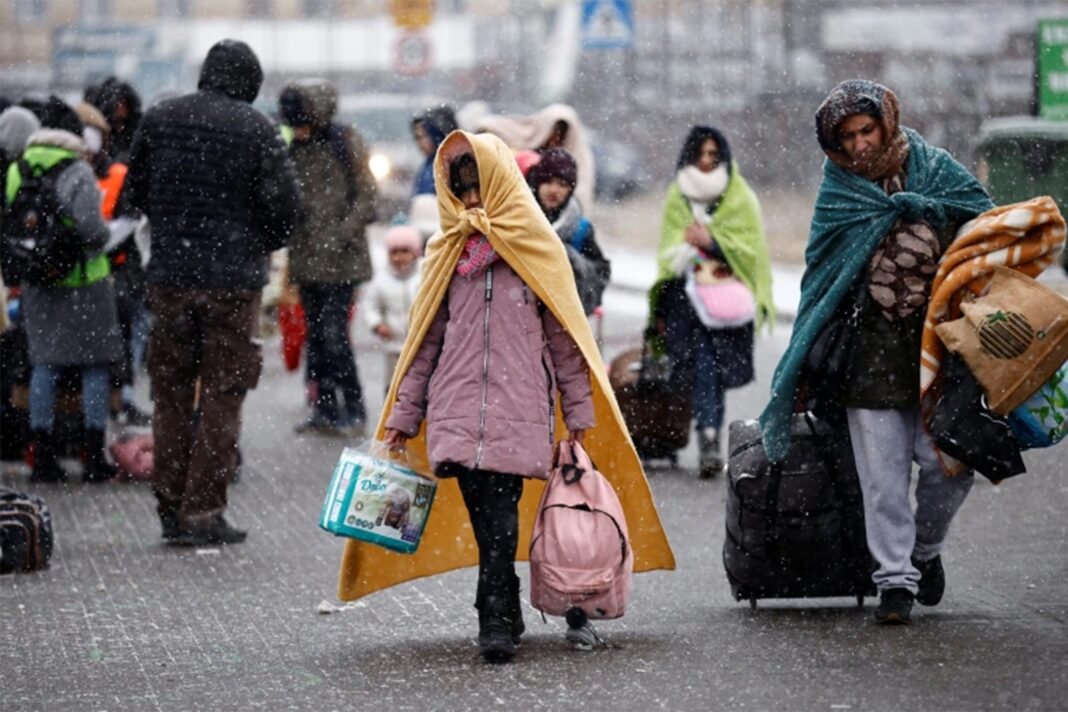We have in recent months written extensively on young people and gang violence, an emerging sub-culture that is proving to be a menace threatening the fibre of society.
It is particularly encouraging to note the Upper House of Parliament acknowledge this social ill and took time to deliberate on it, and call upon the authorities to take action to eliminate the scourge.
Gangs, if not nipped in the bud, have a potential to unleashing a reign of terror of unprecedented proportions if left unchecked.
Gangs have only one hallmark: violence against innocent citizens or rival gangs. The phenomenon of gang violence refers mostly to the illegal and non-political acts of violence perpetrated by gangs against civilians, other gangs and law enforcement officers. Throughout history, such acts have been committed by gangs at all levels of organization.
Gangsterism is a whole of society issue because it links to education, health and economic issues. Areas, where gangsterism is rife, have low employment and skills rates and a high instance of school drop-out.
Gangsterism in Lesotho’s urban and peri-urban settlements is on the rise, and there is no denying that it is a common occurrence. This is usually attributed to poverty, inequality and unemployment.
It is often characterised as anti-social behaviour. Gangs emerge from within communities themselves. This phenomenon has many root causes like socioeconomic conditions (unemployment, low-income employment, and poor living conditions), all leading to poverty and deprivation conditions.
Left to flourish, it can also bring down the property value of neighbourhoods from the violence and vandalism involved with gangsterism life. Big money investors may shy away from places where they feel that their properties and resources will not be used for fear of gang crimes.









